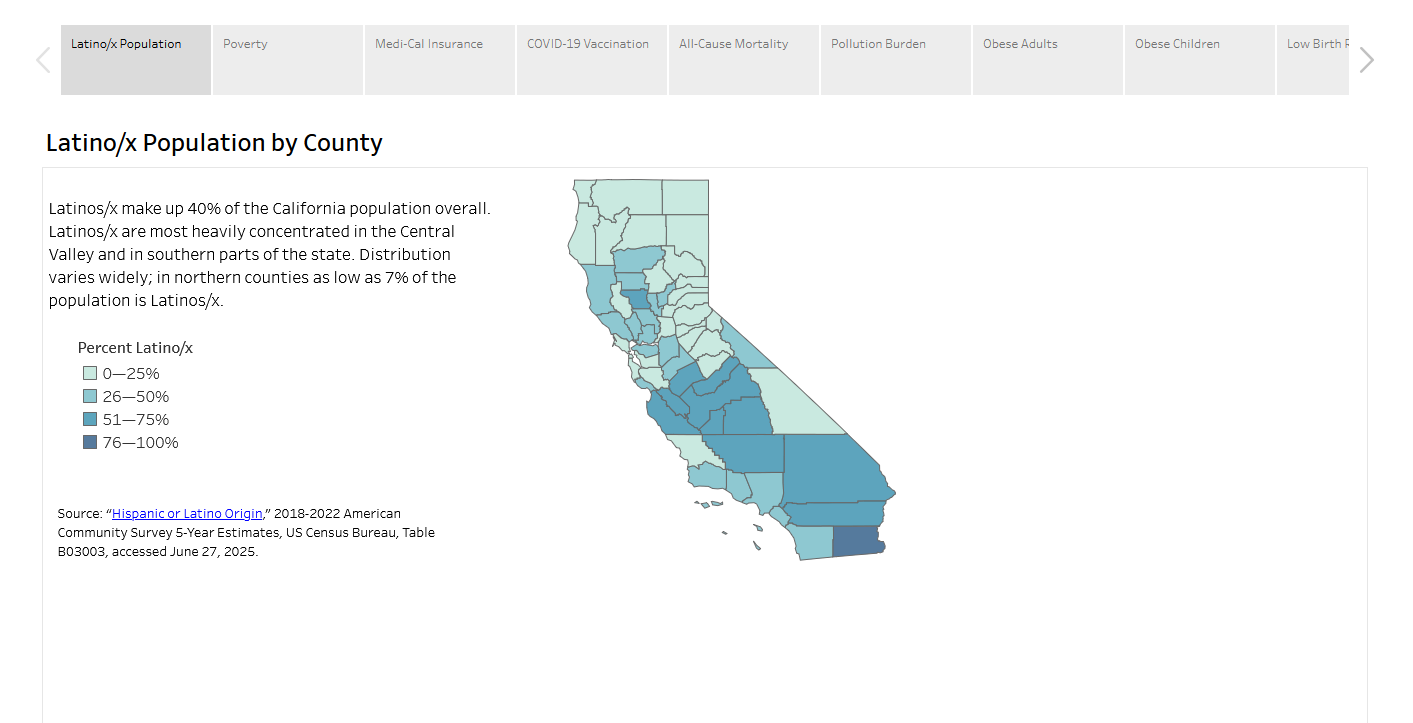Although the number of active physicians in California increased by 33% between 2006 and 2022, a rate that exceeded the 8% population growth, many areas in the state face substantial shortages of primary care and specialist physicians. California Physicians presents detailed information about the supply, distribution, and demographic characteristics of the state’s physicians and provides important context for understanding the complexity of caring for California’s aging and increasingly racially/ethnically diverse population.
KEY FINDINGS INCLUDE:
- In 2023, the supply of licensed physicians did not reflect their availability to provide care. Only 40% of California’s physicians provided patient care 40 or more hours per week.
- Physician supply varied by region. Out of nine regions in the state, four regions (Central Coast, Inland Empire, Northern and Sierra, and San Joaquin Valley) did not meet the recommended supply of primary care physicians (PCPs), and San Joaquin Valley was below the recommended supply of specialists.
- Twenty-five percent of California’s physicians were age 65 and older. Physicians who are later in their careers dedicate less time to providing patient care per week than their younger counterparts.
- California’s Latino/x population was underrepresented among its physicians. Forty percent of California’s population was Latino/x, yet only 6% of the state’s physicians and 9% of the state’s medical school graduates were Latino/x.
- California ranked first in the nation in the percentages of both medical students and residents who remained in the state to practice.
- Twenty-eight percent of physicians (40% of PCPs and 23% of specialists) attended a medical school outside the US.
- Less than one-third of California’s physicians worked in a private practice. Nearly one-quarter practiced in a hospital (inpatient, outpatient, or emergency department).
The complete report and all the charts in the report are available for download below. These materials are part of CHCF’s California Health Care Almanac, an online clearinghouse for key data and analyses describing the state’s health care landscape. To see past editions of this almanac, contact us.





